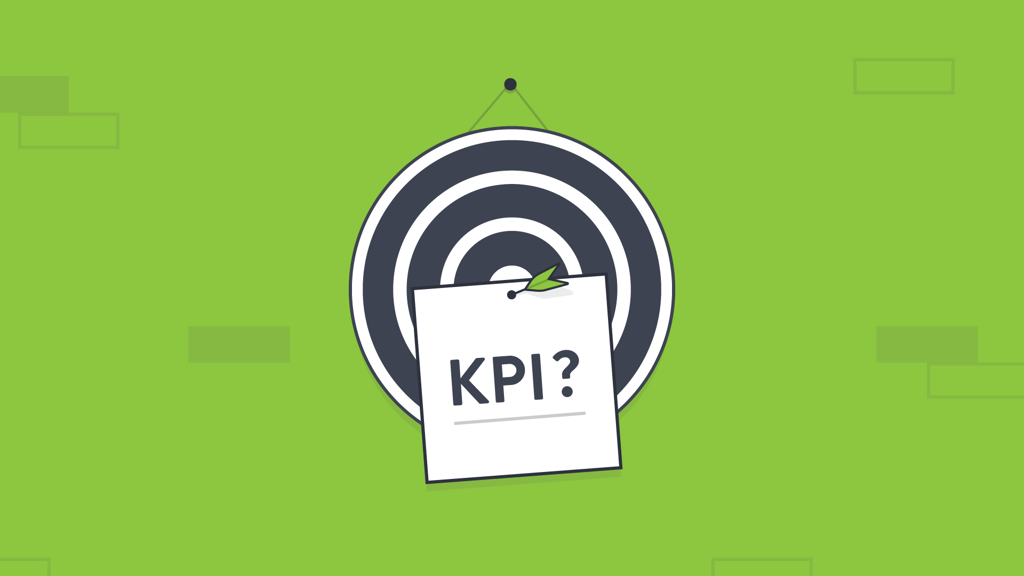
Before getting into the specifics of what metrics to choose, we’d like to tell you why you’ll need talent metrics (or recruiting metrics as most will identify it as).
Let’s start with a simple logic, given that you are lost in an island with no cell phone network and you do not know the local language.
You want to find your way back to the mainland. Sooner or later you will find your way back to the mainland.But don’t you think it would have been a lot easier if you had a map in the language you prefer?
Using Recruiting Metrics in hiring process is as simple as that. You hire people, analytics helps you in putting together a workforce much faster AND increasing the quality of hire by 62%, a survey says.

The process of hiring isn’t an easy process, it is a mix of HR and sales — with a strong shot of marketing.
Getting in touch with the right candidates (Sourcing), if they get through the test, telling them why it is important for them to work for the company (through candidate experience) and finally getting them on-board.
Hence, metrics in themselves do not make a recruitment strategy; however, their efficient and tactical use facilitates effective recruiting process.
Generic Metrics such as channel and recruiter performance can be tracked through any hiring tool you are currently using such as a Candidate Relationship Management System or an Applicant Tracking System.

Modern Video Interview tools offer deeper insights into hiring metrics during the process that are not tracked currently. While considering business growth, these metrics are as important as generic metrics if not more critical.
These metrics are:
-
Time to Hire: As positions lie unfilled, productivity is hit, and the momentum is lost as time passes on bringing a competent person into the role. If it’s taking many months to fill positions, it’s time to take a hard look at your hiring process, particularly to the offer that is being rolled out to the candidates.
-
Candidate Drop-off Across Stages: Though cost of hiring is a separate metric, candidate dropping off across stages is one of the underlying reasons that can be rectified easily. 47% of job openings are attributed to new opportunities springing up across all industries.
It translates to - candidates always have options. Recruiters need to constantly engage with prospective hires, candidates already in their funnel could lose interest, explore their options, and move on to the next best opportunity.
-
Candidate Satisfaction: In the previous metric we discussed options that candidates have due to which they drop off. Here, it is the candidate’s satisfaction during the interview process, the experience they had.
These are some of the questions you could consider: Is it the background check request? A bad “Welcome" page? What if we went from 15 qualifying questions to 5? Would that help?
-
Assessment Effectiveness in Screening: Screening aspect in an interview process has gained more importance in recent times. Companies are stringent about getting the right candidate who is fit for the role.
Screening helps in determining if the candidate has the requisite skills to be considered to move further in the interview process. Hiring managers can thus be more efficient focusing on a narrow set of screened & qualified candidates.
-
Time Spent by Panel in Interviews: It is usually preferred by candidates and hiring manager to spend just the right amount of time with the candidates. Spending an entire day with the candidate can not only douse the candidate’s interest, it will also the kill the productivity of the panel for the whole day.
- Time Spent by Recruiters per Hire: Recruiters must spend a good amount of time with the candidates. But this does not mean spending time on collecting documents, getting them to fill out forms, and other errands - these can be automated.

Time must be spent on engaging them with videos, social media connects and any other efforts the recruiter can think of.
These data points can be used to gauge the effectiveness of the hiring process, bottlenecks if any, efficiency of methods use and brand perception amongst candidates.
Key in your current numbers and see how much time, cost and money you could have saved by modernizing your hiring process.
Father of Modern Sciences, Galileo once told, “Measure what is measurable and make measurable what is not so.” Many business heads measure everything except the effectiveness of hiring. There’s no need to furnish any data to show that hiring has direct impact on the competency of the workforce.
High-performing employees are to the organization as oxygen is to the human body. If your company doesn’t bring enough in, it’s going to suffocate, slowly and painfully. Tracking these hiring metrics can definitely help recruiters find a better working sales-force.
Hiring mertics maybe 'intangible', but have you been able to calculate possible savings on using a modern hiring process?



Leave a Reply